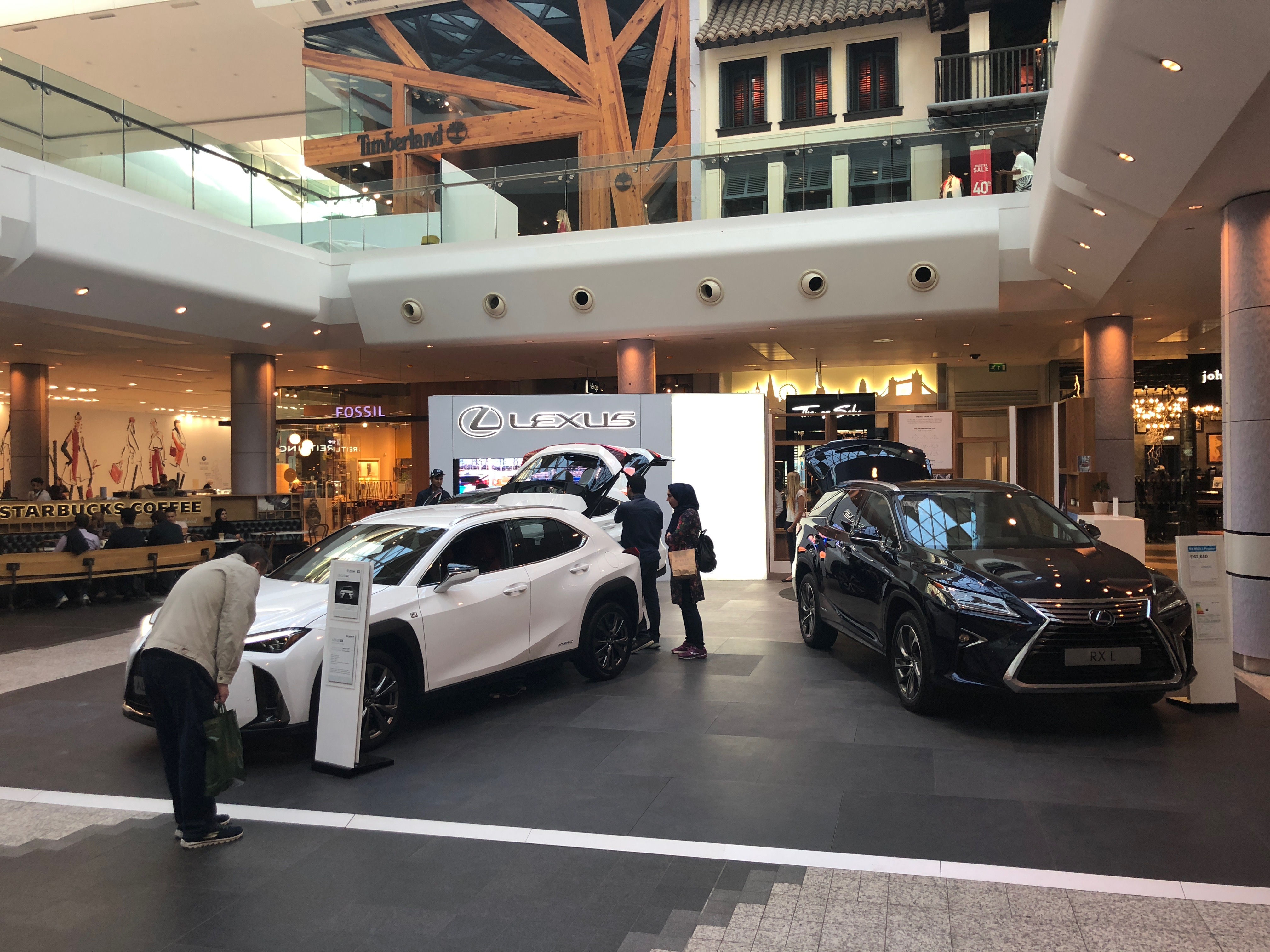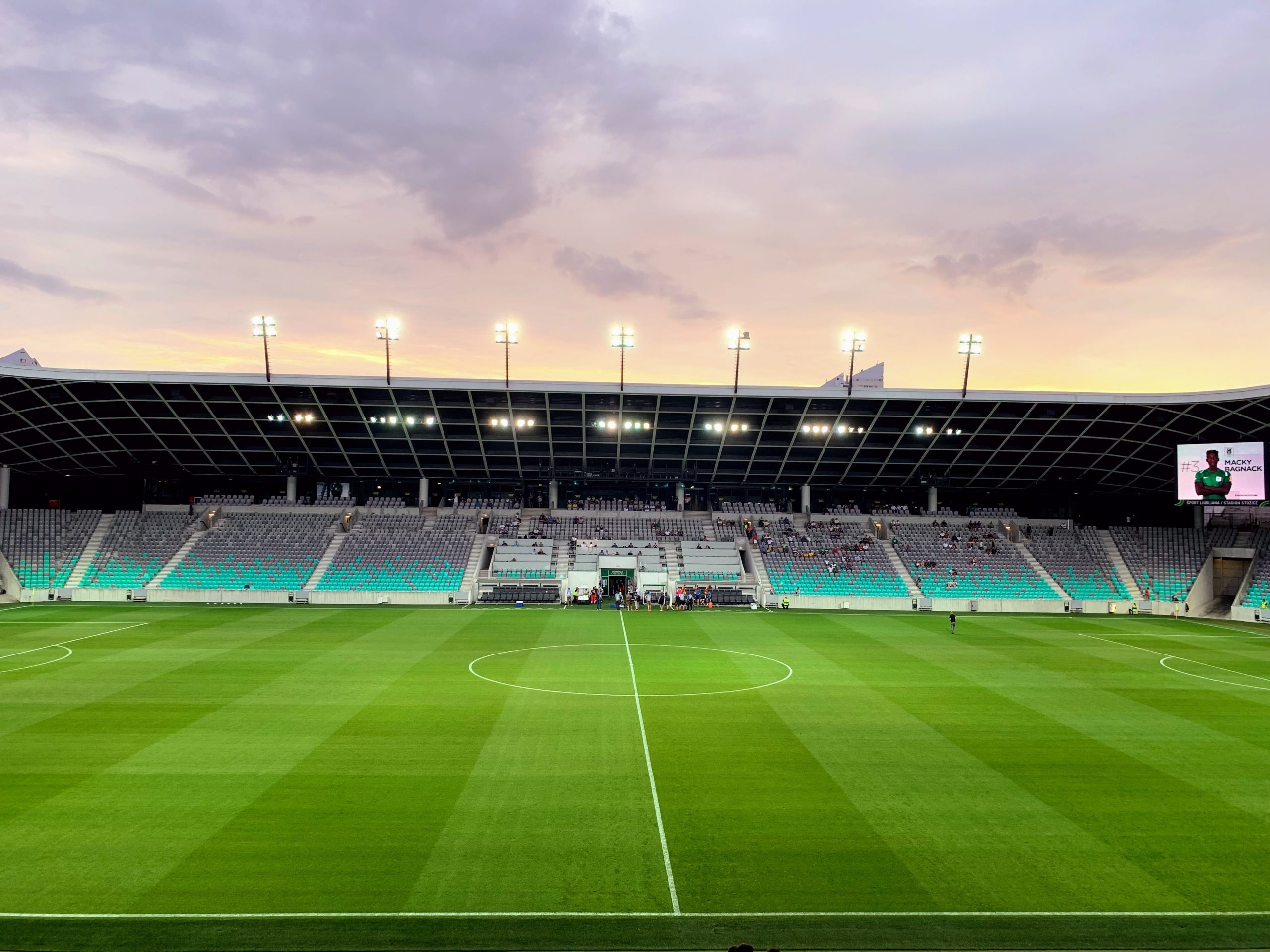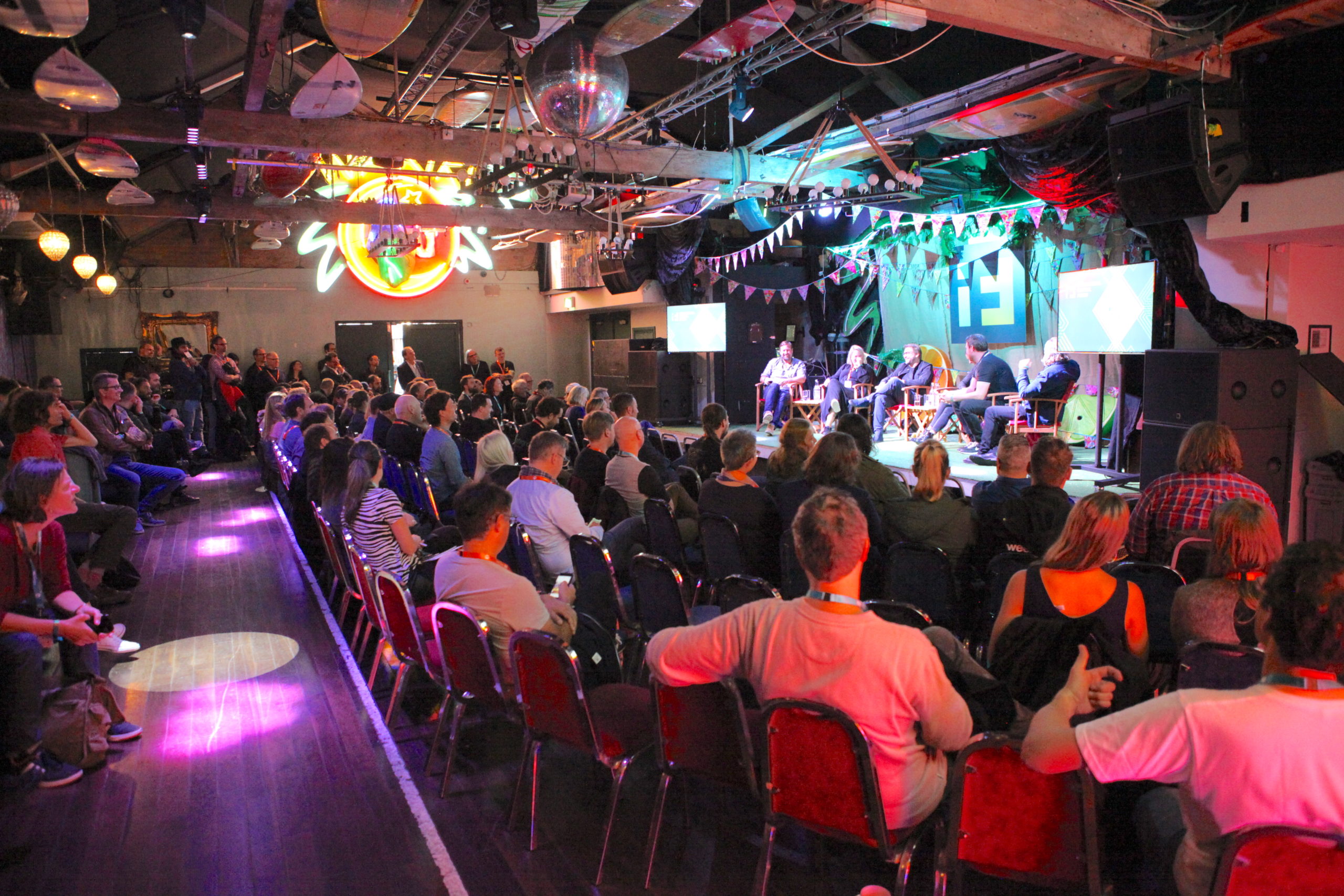Analytics
5 Experiential Measurement Tips for Brands

April 17, 2019.
As we fast approach a digital-first world, it comes as no surprise that the majority of people are walking around with connectivity in their pocket. Despite this, brands often rely on antiquated, manual methods for measuring visitor footfall, including clickers and anecdotal evidence.
Fortunately, innovative technology – such as Meshh's Spatial Analytics solution – is revolutionising how brands can bring the power of digital measurement to real-world activations; helping them to gather insights into customer experiences. Passively, anonymously and without the need for apps or beacons.
Spatial Analytics lets brands understand how people move within defined physical spaces – whether that be at live events, brand activations, trade exhibitions, retail spaces, transport hubs or any number of physical experiences. It does so by using Wi-Fi analytics sensors to anonymously track the ‘ping’ messages sent by an individual’s phone as it searches for available Wi-Fi networks.
Not only can brands visualise how visitors move and engage with their space, they can also use this information to optimise the experience itself - from where to place activations within a space to where to position key points of interest.
With that in mind, here are five ways that this pioneering technology can support brands with measuring their experiential activities:
1. Determine how effective brand ambassadors and the activation stand are at converting passing footfall
– First and foremost, this technology can provide brands with an indication of whether people are actually connecting with the experience. In tandem, Spatial Analytics can help brands understand how well event staff are performing. For instance, if the number of direct interactions is low, through measurements around passing footfall, brands can use this technology to determine whether this is because the space or event is quiet, or because staff performance is not as effective as it could be.
2. Identify which zones attract the most interest
– Spatial Analytics can reveal which elements of an activation are the most popular. What this can also do is provide a benchmark for future activations as brands have more insight in how different sites, experiences and locations compare.
3. Demonstrate value and ROI to stakeholders to justify investments made
– With marketing budget purse strings tightening, many brands are asking themselves the question: are our investments being effectively distributed? Spatial Analytics offers deep insight into a number of areas such as visitor footfall, dwell time, conversion, frequency of visits (and more!), which means brands can justify their spend and determine which activations or physical spaces are providing the greatest bang for their buck.
4. Pinpoint what improvements can be made to optimise experiences
– Based on learning what elements are most popular, brands can benefit from a huge amount of insight into visitor behaviour around an activation, helping to identify areas for improvement and opportunities that may not have been considered before.
5. Highlight the role that experiential can play in broader marketing and sales activities
– In the retail sector, for example, Spatial Analytics can play an invaluable role in measuring the relationship between experiential and retail outlets; helping to demonstrate the impact of activations at driving purchase, as well as their role in the wider buying process.
For more questions or information around how spatial analytics works and the benefits surrounding the technology, please get in touch.
- 1. Determine how effective brand ambassadors and the activation stand are at converting passing footfall
- 2. Identify which zones attract the most interest
- 3. Demonstrate value and ROI to stakeholders to justify investments made
- 4. Pinpoint what improvements can be made to optimise experiences
- 5. Highlight the role that experiential can play in broader marketing and sales activities
Contact us
Ready to Transform Your Space
"*" indicates required fields


